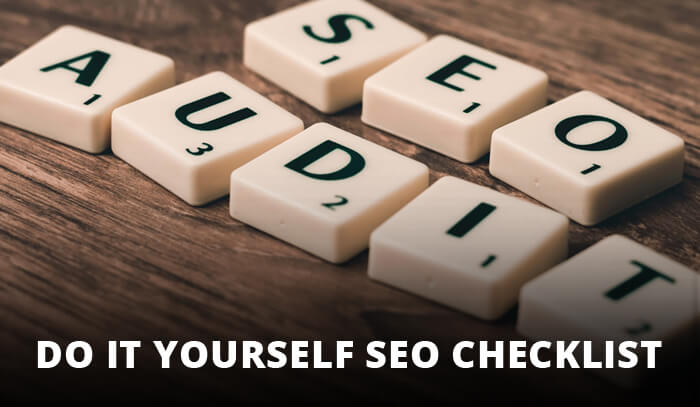Table of Content
Do It Yourself SEO Checklist
Having a perfectly optimized site is crucial for any online business. Search Engine Optimization (SEO) includes the technical and creative elements required to grow visibility in organic search engine results.
Ready to boost your site’s SEO? Set up a meeting with Commerce Pundit today!

Top 10 SEO Actions
Here are the 10 most effective and doable actions for you to start optimizing your site:
1. Check and Install Google Analytics
With the free Google Analytics tool, you will be able to track your site’s performance. You can track how much traffic your site generates from search engines, which page generates most organic traffic, and many other important metrics.
2. Look for Broken Links and Errors
Check to see that all the internal links (links for pages within your site) and external links (links from your site to other websites on the web) work and take you to the correct page.
3. Check Your Site’s Speed
You will lose a site visitor within a few seconds if your website doesn’t load fast enough. Use Google Speed Test to check your site’s speed.
4. Test Your Site for Responsiveness
Your website should work well on all the devices- laptops, desktops, phones and tablets, and on all the browsers.
5. Check for Duplicate Content
The search engine will downgrade your ranking if the content is not unique and is repetitive.
6. Submit Your URL to Search Engines
Submitting your URL to top search engines makes them aware that your site is live and ready to be indexed in their database.
7. Ensure an SSL Certificate is Setup Correctly
Secured sites are more trustworthy and will rank higher in search engines.
8. Promote Your Site on Social Media
Having a social media presence is important to increase visibility and popularity, and to drive the traffic to your site.
9. Check for SEO-Friendly URLs
The URLs of your web pages should contain the targeted keyword. For example, if your business is selling iPhone cases, your site URL should have the words “iPhone” and “cases”.
10. Ensure Engaging Meta Description
Meta descriptions are the short summaries that appear in search engine results. A more descriptive, engaging and relevant meta description will ensure promising click-throughs to your site.
Cool Stuff
Have you seen a beautiful font someplace online and wondered what it was called for you to use it in your own task? WhatTheFont is a website where the user can upload the screenshot of the font and the name of the font will be displayed in the result section. You can also download WhatTheFont on both Android and iOS.
www.myfonts.com/WhatTheFont
Ready to Connect?
At Commerce Pundit, our mission is to deliver top-tier services that help your business succeed. Optimizing your site’s SEO is a critical step in that journey, and we’re here to guide you through every action—ensuring your online presence thrives.
Get in touch today! Click here to connect with our SEO experts and elevate your site’s visibility.









